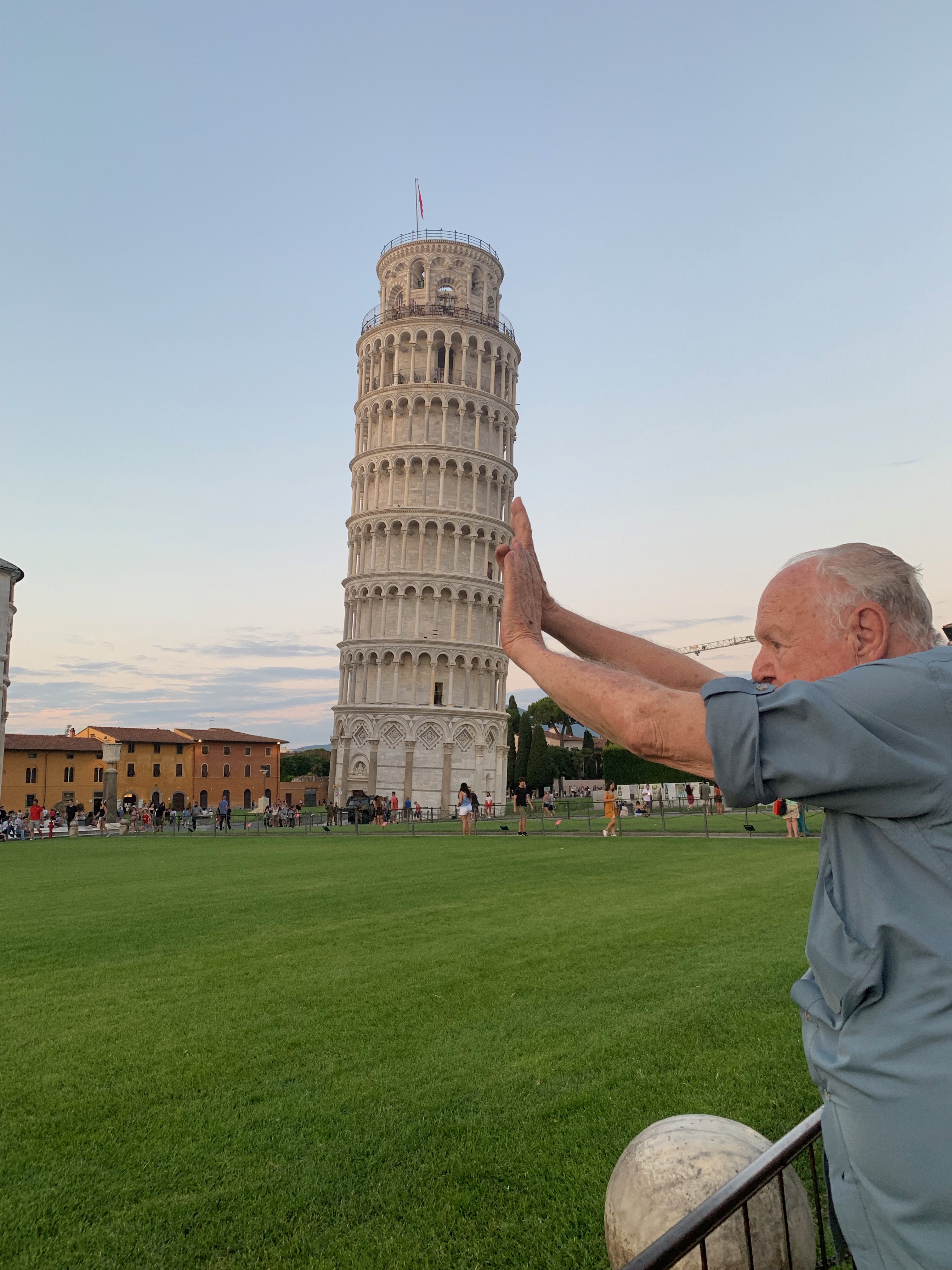
Lior Shamir at Kansas State University and his colleagues used three of the world’s most powerful observatories – the Sloan Digital Sky Survey, the Panoramic Survey Telescope and Rapid Response System and the Hubble Space Telescope – to find the spin direction of more than 200,000 spiral galaxies across the sky.
Based on most modern models of cosmology, we would expect there to be an equal number of galaxies spinning clockwise and counterclockwise. But when they looked at the data from each of the three observatories, the researchers found an unexpected imbalance in this figure.
Read more: Neutrinos determined where galaxies formed in the early universe
“The difference is not huge, just about over two per cent, but with that high a number of galaxies the probability to have such a division by chance is less than one in a million,” Shamir said at a press conference during a virtual meeting of the American Astronomical Society on 1 June. The further away the galaxies, the greater the imbalance.
The asymmetry is also different depending where in the sky you look. Looking outward from near Earth’s poles, more galaxies appeared to rotate counterclockwise than clockwise, while the opposite was true for observations from near the equator.
Shamir and his colleagues found that these patterns could be created by the entire universe rotating around several axes at once early in its history. If that is the case, we would also expect to find rotating spiral galaxies earlier in the universe than other models predict, which seems to be supported by other recent observations. “As weird as it seems, this is the universe that we see from Earth,” he said.
Read more: https://www.newscientist.com/article/2244998-the-entire-universe-may-once-have-been-spinning-all-over-the-place/#ixzz6OJfHUAsL
